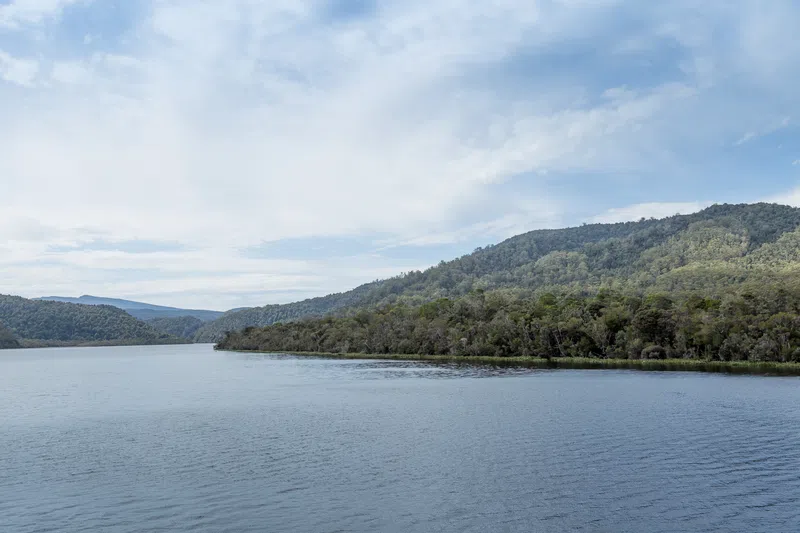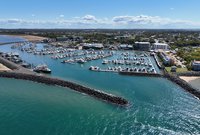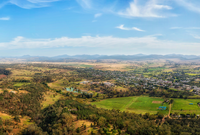Property Trends
In Q4 2024, Derwent Valley recorded a median house price of $555,000 and a median vacant land price of $247,000. This is an annual (Q4 2023 - Q4 2024) growth of 19.4% for houses and 26.7% for land. Comparing Q4 2023 and Q4 2024, total sales increased by 5.0% (to 42 sales in Q4 2024) for houses and increased by 71.4% (to 12 sales in Q4 2024) for vacant land. This confirms a highly demanded market and an ideal time for owners to capitalise on their investments. Vacant land saw a higher price growth than houses, as buyers switched their focus to get a foot in the property market. With no new ready-to-sell houses planned, buyers must act fast before further price growth.
Project Development
Derwent Valley will see approx. $89.8M of new projects commencing from 2025. The biggest project is the Bronte-Brady Mini Project ($50.0M), this project will generate clean renewable energy, which will be of great benefit to the local area. There are 20 units and 58 lots planned in 2025 in Derwent Valley; however, no new houses. With limited ready-to-go stock coming onto the market, prices are expected to increase.
Rental Market & Growth
House rental yields in New Norfolk (7140) was 5.0% as of December 2024, above Derwent Valley LGA (4.5%) and much higher than Hobart Metro (3.6%). Median house rental price increased slightly, by 0.4% in the past 12 months to Q4 2024, to $482 per week; whilst the number of houses rented declined by -5.5% (to 172 houses in Q4 2024). This suggests an undersupply. Units saw a median price increase of 7.8% to $455 per week, with the number of units rented increasing by 37.7% (to 62 in Q4 2024). Overall, there is a highly demanded house and unit rental market, in good news for investors.
Vacancy Rates & Property Investment
New Norfolk (7140) recorded a vacancy rate of 0.3% in December 2024, on par with Derwent Valley LGA (0.3%) but below Hobart Metro’s 0.6%. Although vacancy rates have fluctuated in the past 12 months, it has slightly decreased overall. This indicates an even tighter rental market. Furthermore, a 0.3% vacancy rate is significantly below the Real Estate Institution of Australia’s healthy benchmark of 3.0%, which indicates quicker occupancy of rental properties in the area. This is beneficial for investors.
> View latest properties to buy
> View latest sales








